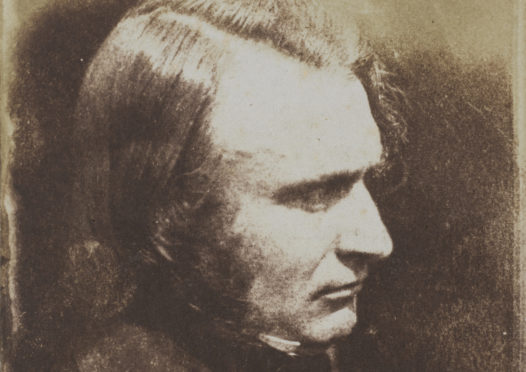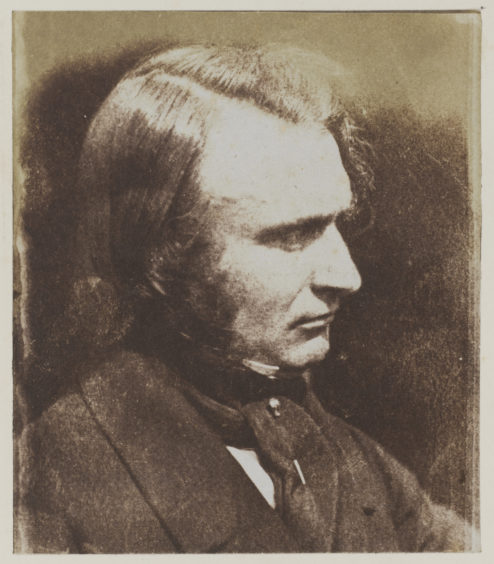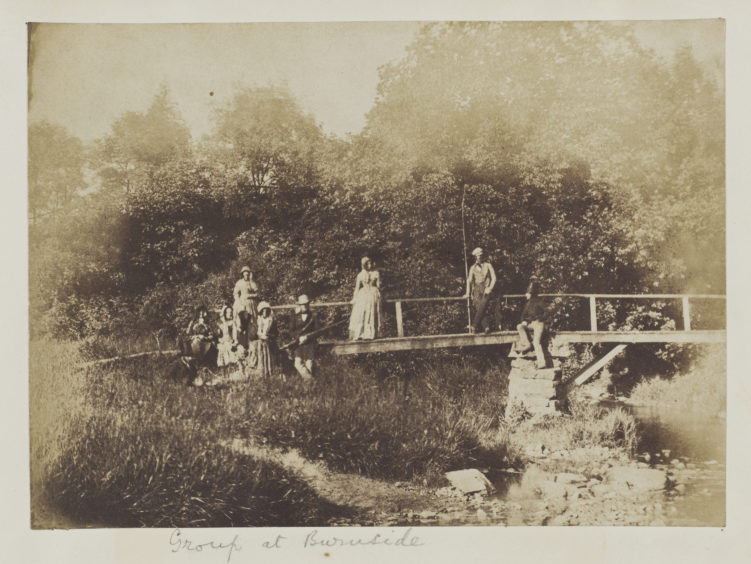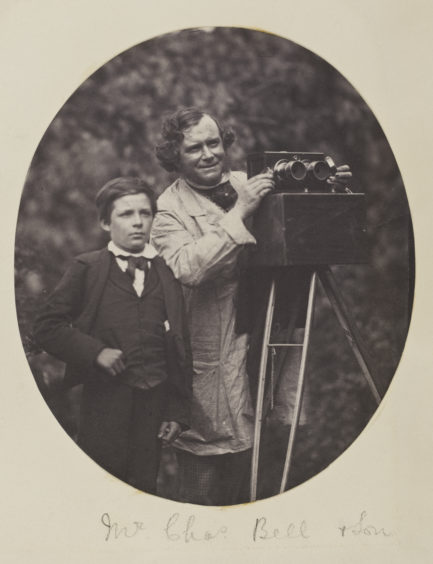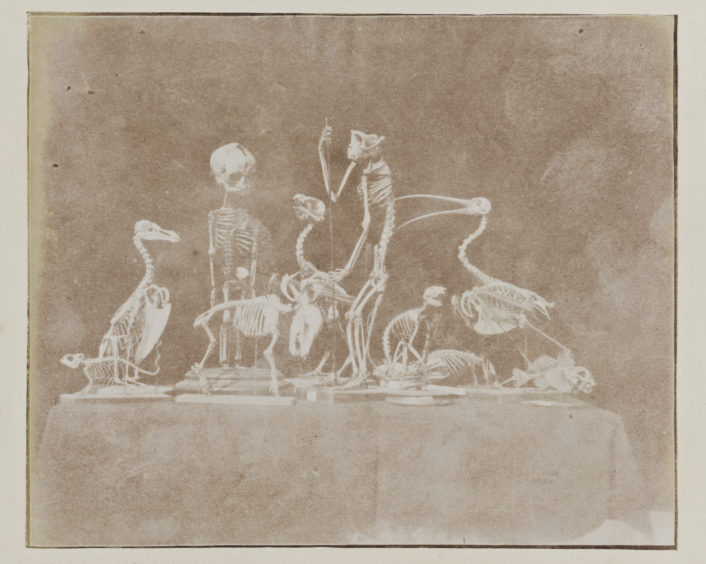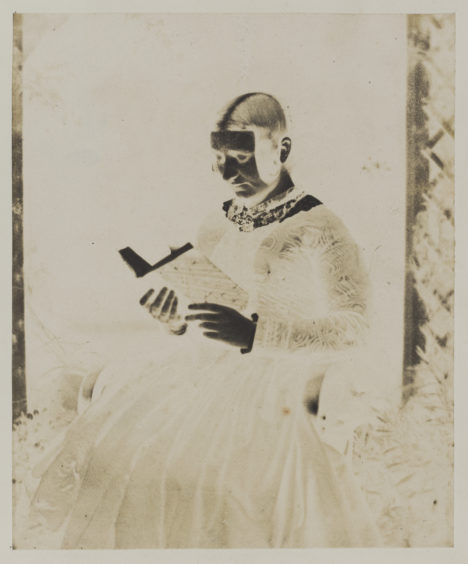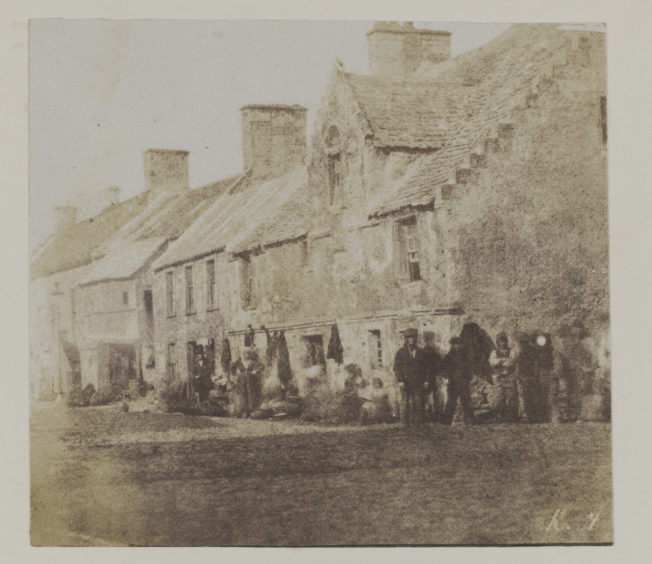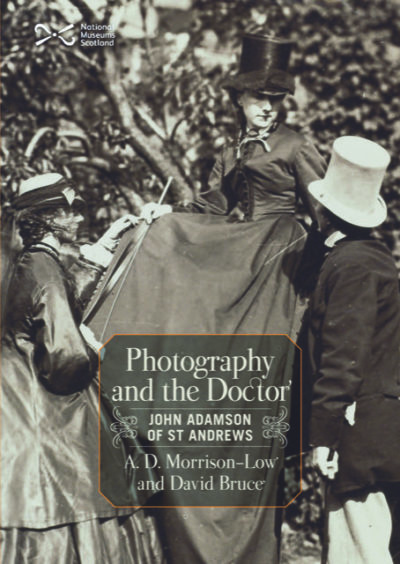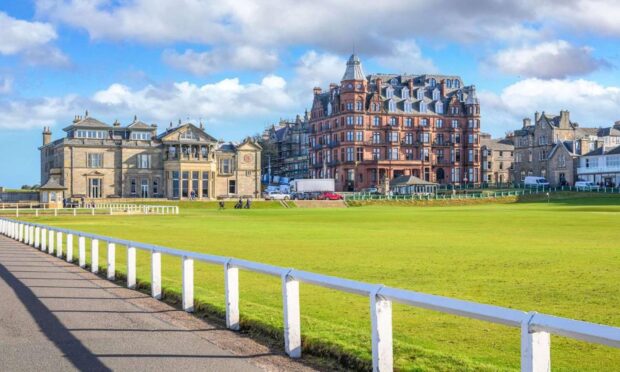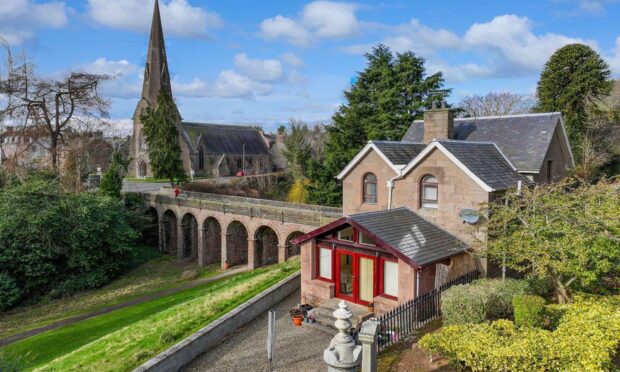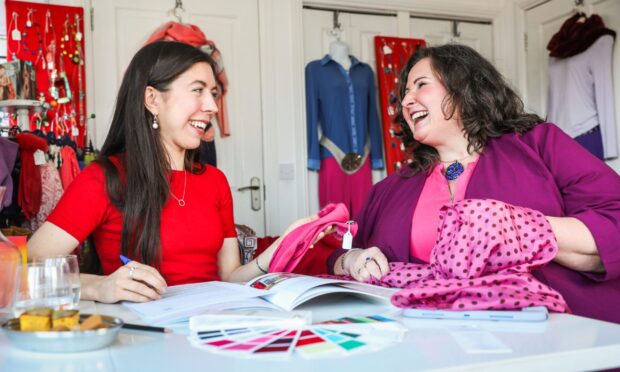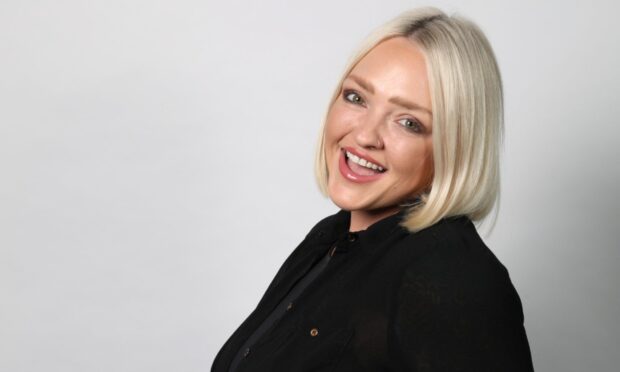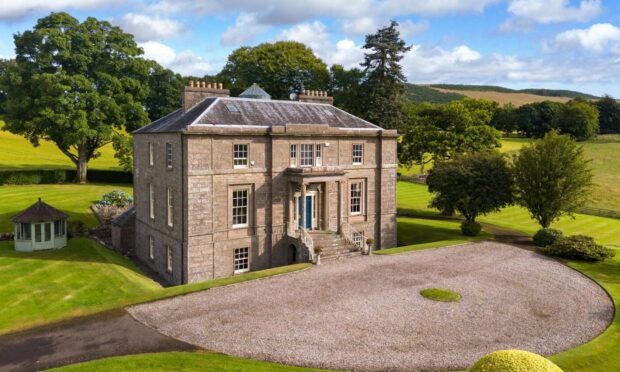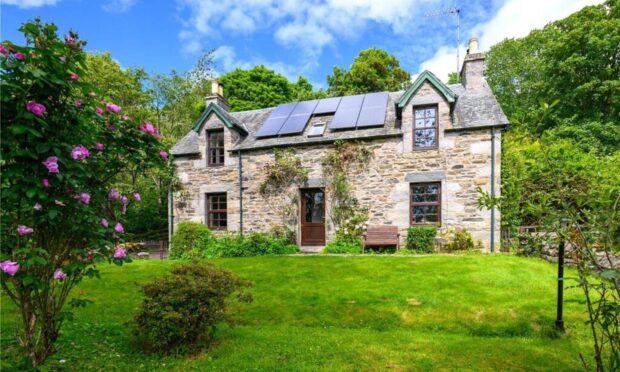A new book celebrates the life and work of 19th Century doctor and photographer John Adamson of St Andrews. One of the authors, Dr Morrison-Low, puts Caroline Lindsay in the picture.
A fascinating new book, Photography and the Doctor: John Adamson of St Andrews, by A.D. Morrison-Low and David Bruce, tells the story of a local 19th Century doctor whose passion for photography had to be fitted in around his busy medical practice in St Andrews.
Dr Morrison-Low, a curator at National Museums Scotland (NMS), explains: “It has always been a nagging irritation that Dr John has been under-valued for his contribution to the birth of photography. Seeing his images beautifully presented at the exhibition, Photography: A Victorian Sensation at the NMS in 2015 triggered the thought that something had to be done to right a wrong.
“Dr John Adamson has always seemed to stand in the shadow of his younger brother, Robert, because Robert Adamson became a professional photographer and joined forces with the artist DO Hill in Edinburgh,” she continues. “Meanwhile, Dr John remained in St Andrews, following his medical career, and only occasionally turning to photography as a leisure pursuit. However, his photographs exhibited in public exhibitions always gained high praise from critics.”
The 2015 exhibition at the NMS was an overwhelming success and Alison believes its popularity was partly due to our fascination with the past.
“Photography, particularly the earliest of it, brings us face to face with it, literally, in a way that no other medium does,” she says. “That sense of proximity to places we seem know and yet are not quite as we know them, and to individuals we may even recognise, looking worrying like ourselves as we do in our own photographs, and are yet separated from us by generations, has a strange magic to it.”
So who was Dr John Adamson? Born in 1870 at Burnside, near St Andrews, he was the eldest of the 10 children of Rachel Melville and Alexander Adamson, a farmer. He was educated in St Andrews, and at the Royal College of Surgeons in Edinburgh where he graduated in 1829.
Dr Morrison-Lee continues the story: “After travelling abroad, he settled in 1835 in St Andrews. He found then that there were too many doctors in the town, and for several years ‘may be said to have worked gratuitously for the public’,” she says. From 1837 to 1840, he taught chemistry and natural science to the advanced pupils of Madras College school. He was the curator of the University Museum, where he prepared natural history specimens.
“He took daguerreotypes – an early form of photography on a metal plate – before July 1841, and was closely involved in early photographic experiments, particularly photography pioneer’s Talbot’s negative-positive photographic process on paper, the calotype, between 1841 and 1843, along with an enthusiastic circle in St Andrews,” she continues.
“John taught his brother Robert the required skills, and in early May 1843, Robert Adamson went to Edinburgh to pursue photography professionally from Rock House on Calton Hill where, following the Disruption of the Church of Scotland, he joined David Octavius Hill (1802-70) to form the most famous partnership in the history of photography.
“Sadly, Robert died in 1848. John might conceivably have taken his place with Hill but by that time John’s medical practice was beginning to flourish so he remained in St Andrews as a much respected physician for the rest of his life. He did, however, continue as a highly-regarded photographer and it is this dimension of his life and work that we are now seeking to celebrate.”
Dr Morrison-Lee hopes the book will offer readers an appreciation of just how important John Adamson is in the history of photography and what he contributed to the life of his times.
“Also, the beauty of the images, together with a recognition of the part that St Andrews has played in this particular story, are important factors,” she adds.
The book will be launched at The Adamson (set within a house once owned by John Adamson), 127 South Street, St Andrews, KY16 9UH, on October 1 6-7pm as part of the month-long St Andrews Photography Festival. Reproductions of the original photographs will be on display in The Adamson restaurant throughout October.
Photography and the Doctor will be available from bookshops and from www.nms.ac.uk, priced £14.99.
